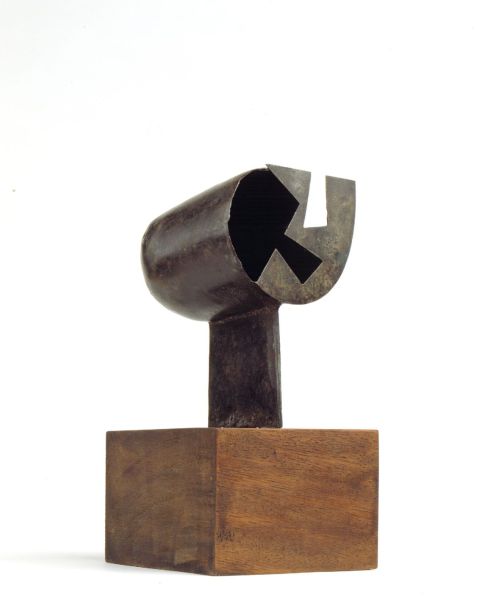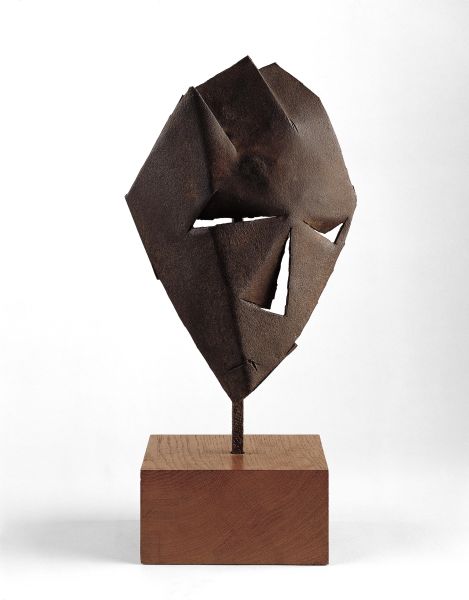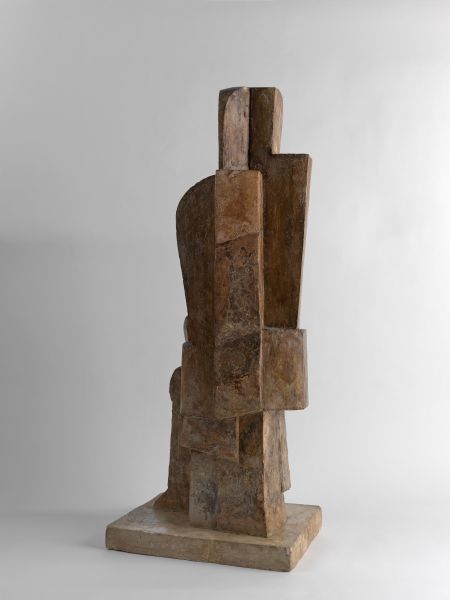IVAM
Donations
Thanks to the gifts of artists or their heirs and private individuals the IVAM has become a museum to which scholars turn to study the work of numerous artists, including Julio González, Miquel Navarro, Gerardo Rueda, Equipo Crónica, Jacques Lipchitz, Gabriel Cualladó, Ignacio Pinazo, Bernard Plossu, Eduardo Arroyo, Juan Manuel Díaz-Caneja, Horacio Coppola, Gabriele Basilico, Juana Francés, José Sanleón, Manolo Gil, Rafael Pérez Contel, Salvador Victoria, Paco Caparrós, George Zimbel, Carlos Cánovas, Grete Stern, Joan Antoni Vicent, Roberto Otero, John Davies, Cristino de Vera and Carlos Pascual de Lara, among others. The IVAM wishes to make a significant part of the works donated available to the public in a major exhibition comprising over 500 works and occupying five areas in the museum: the Julio González Gallery, Galleries 3, 4 and 7, and the landing on the second floor. The works exhibited, some of which are now shown to the public for the first time, are arranged and organised not so much on the basis of art-historical trends of broad validity for the history of twentieth-century art but rather on the basis of major focuses of affinity that are characteristic of the museum’s identity and in many cases constitute distinctive features of it. In the Julio González Gallery, Julio González’s work is set alongside the “tradition of sculpture in iron”, and affinities with drawings by his brother, Joan González, and paintings by his daughter, Roberta, are highlighted. Galleries 3 and 4 begin with the “preliminaries of modernity in Valencian art” and then review “experimental abstraction” and the influence of the avant-garde on graphic design. The development of new abstract languages is paralleled by the “survival of figuration”, with various particular paradigmatic cases shown in the following room. Photography, which is one of the main focuses in the IVAM’s collection, penetrates more and more deeply into the category of art in the course of the twentieth century, exercising a decisive influence on the questioning of the pictorial image which gave rise, halfway through the century, to a prevalence of “colour, matter and gesture”, presented in Room 5, before its transformation into the “turned” images of Pop Art and its periphery in Rooms 6 and 7. The following rooms recount the process of “moving away from the modern tradition”, in which lived experience and myth provide a structure in the search for new languages. The last rooms of Gallery 4 present the painting and sculpture of our contemporary situation, while Gallery 7 concentrates on the contributions of installation and the new media.








